Category 4 japanese knotweed images are ready in this website. Category 4 japanese knotweed are a topic that is being searched for and liked by netizens now. You can Get the Category 4 japanese knotweed files here.. depressed cat..
If you’re searching for category 4 japanese knotweed pictures information connected with to the category 4 japanese knotweed keyword, you have come to the ideal site. Our website always gives you suggestions for refferencing the maximum quality video and picture content, please kindly search and find more informative video articles and graphics that fit your interests.
Category 4 Japanese Knotweed. The main consideration for sellers and buyers is distance. Stand 1 covered an average of 6m² whilst stand 2 was 2m² with an approximate height between 08m to 22m. It is within seven metres of the property and causing damage to walls paths or foundations. Japanese Knotweed Risk Categories from RICS GuidanceCategory Descriptors.
 Japanese Knotweed Gaia Herbs From gaiaherbs.com
Japanese Knotweed Gaia Herbs From gaiaherbs.com
Japanese Knotweed Treatment in Leeds Residential Treatment Plan RICS Risk Category 4 409830. You will need a professional opinion. Japanese Knotweed risk categories. With an estimated 145 million homes affected by Japanese knotweed in the UK the perennial weeds presence can devalue a property or cause sales to fall through entirely due to misinformation thats been fuelled by fears around what it is capable of doing but with appropriate remediation from expert professionals the worst neednt happen. JK1 is found adjacent to the rear conservatory. It is within seven metres of the property and causing damage to walls paths or foundations.
This could either be within the boundaries of a property or in a neighbouring property andor Japanese knotweed has caused serious damage to outbuildings paths and boundary walls.
Neighbouring a property with knotweed. For anything that falls between categories 4-5 the RICS suggest that a specialist Japanese knotweed survey is required. 20 January at 936PM in House Buying. Impact in the market prior to remediation. More information can be found on the RICS Japanese Knotweed and residential property guide. Japanese knotweed is within 7 metres of a habitable space conservatory andor garage either within the boundaries of this property or in a neighbouring property or space.
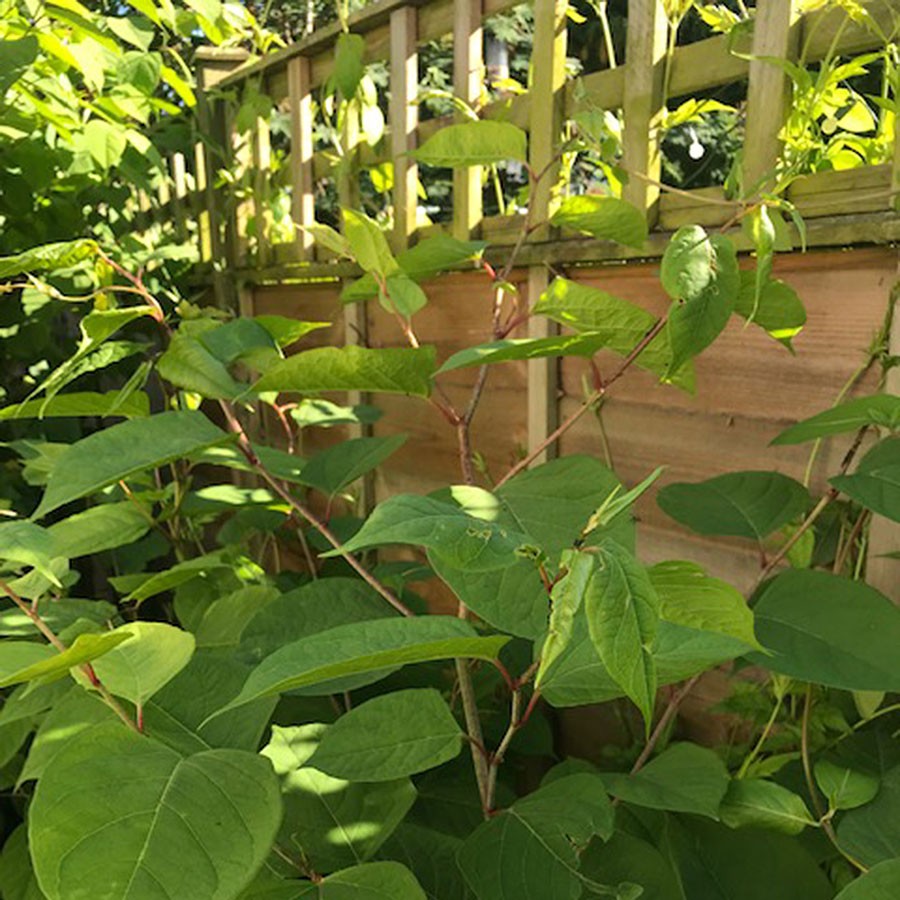 Source: kustomlandscapesandecology.co.uk
Source: kustomlandscapesandecology.co.uk
Their criteria have since been relaxed to a category-based system depending on whether the plant is discovered on a neighbouring property categories 1 and 2 or the property itself categories 3 and 4 incorporating proximity to the property curtilage and the main buildings. You do not need to report the presence of Japanese knotweed on your land. Japanese knotweed infestations are separated into 4 categories. Japanese knotweed is within 7 metres of a habitable space conservatory andor garage either within the boundaries of this property or in a neighbouring property or spaceandor Japanese knotweed is causing serious damage to outbuildings associated structures drains paths boundary walls and fences and so on. Stand 1 covered an average of 6m² whilst stand 2 was 2m² with an approximate height between 08m to 22m.

Stand 1 covered an average of 6m² whilst stand 2 was 2m² with an approximate height between 08m to 22m. JK1 is found adjacent to the rear conservatory. Japanese knotweed infestations are separated into 4 categories. Japanese Knotweed risk categories. It is within the boundaries of the property but is within seven metres from a living space.
 Source: taylor-weed-control.co.uk
Source: taylor-weed-control.co.uk
As with the RICS information paper published in 2012 a key objective of this guidance note is to enable valuers to report to lenders objectively and consistently when Japanese knotweed is encountered in the course of a mortgage valuation inspection. Japanese knotweed infestations are separated into 4 categories. Mature growth can be seen within the hedgerow. Japanese knotweed infestations are separated into 4 categories. For anything that falls between categories 4-5 the RICS suggest that a specialist Japanese knotweed survey is required.
 Source: pinterest.com
Source: pinterest.com
You can contact the Environment Agency for help if you. This could either be within the boundaries of a property or in a neighbouring property andor Japanese knotweed has caused serious damage to outbuildings paths and boundary walls. Have more questions about how to handle Japanese knotweed. Japanese knotweed is within 7 metres of a habitable space conservatory andor garage either within the boundaries of this property or in a neighbouring property or space. Japanese knotweed is within 7 metres of a habitable space conservatory andor garage either within the boundaries of this property or in a neighbouring property or spaceandor Japanese knotweed is causing serious damage to outbuildings associated structures drains paths boundary walls and fences and so on.
 Source: angeluslaw.co.uk
Source: angeluslaw.co.uk
The five factors are. It is within the boundaries of the property but is within seven metres from a living space. Impact in the market prior to remediation. With an estimated 145 million homes affected by Japanese knotweed in the UK the perennial weeds presence can devalue a property or cause sales to fall through entirely due to misinformation thats been fuelled by fears around what it is capable of doing but with appropriate remediation from expert professionals the worst neednt happen. You will need a professional opinion.
 Source: lovethegarden.com
Source: lovethegarden.com
Restrictions on use of the property. It is within the boundaries of the property but is within seven metres from a living space. This Japanese knotweed growth in Leeds consists of 2 developed stands. Even in a worst-case scenario category 4 where the plant is within 7 metres of the main building habitable spaces conservatory. Knotweed is within seven metres of your property but not within it.
 Source: irishtimes.com
Source: irishtimes.com
More information can be found on the RICS Japanese Knotweed and residential property guide. Their criteria have since been relaxed to a category-based system depending on whether the plant is discovered on a neighbouring property categories 1 and 2 or the property itself categories 3 and 4 incorporating proximity to the property curtilage and the main buildings. They also say that they may decline a mortgage even if the property is in Category 1 or 2. Have more questions about how to handle Japanese knotweed. The world of Japanese knotweed has moved on since 2017 but the principles outlined in the paper are still relevant.
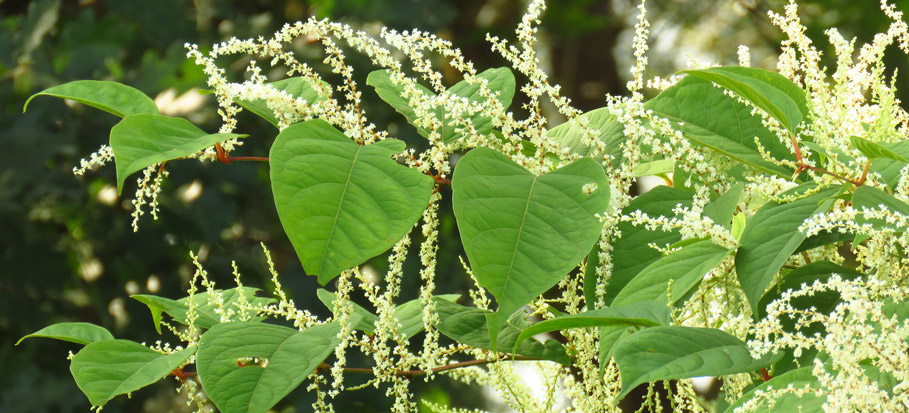 Source: blog.fantasticgardeners.co.uk
Source: blog.fantasticgardeners.co.uk
Even in a worst-case scenario category 4 where the plant is within 7 metres of the main building habitable spaces conservatory. More information can be found on the RICS Japanese Knotweed and residential property guide. As with the RICS information paper published in 2012 a key objective of this guidance note is to enable valuers to report to lenders objectively and consistently when Japanese knotweed is encountered in the course of a mortgage valuation inspection. Japanese knotweed infestations are separated into 4 categories. The world of Japanese knotweed has moved on since 2017 but the principles outlined in the paper are still relevant.
 Source: renovateme.co.uk
Source: renovateme.co.uk
This could either be within the boundaries of a property or in a neighbouring property andor Japanese knotweed has caused serious damage to outbuildings paths and boundary walls. The main consideration for sellers and buyers is distance. Category 3 Japanese knotweed No presence of Japanese knotweed on the property or plot of land in question but evidence of it within seven metres of the boundary and seven metres away from habitable areas. Knotweed Category 1 if its on a neighbouring property and Category 4 if its within 7 meters andor actually causing damage to the property. Knotweed is within seven metres of your property but not within it.
 Source: gaiaherbs.com
Source: gaiaherbs.com
Japanese Knotweed is causing serious damage to outbuildings associated structures drains. Japanese Knotweed is within 7 metres of a habitable space conservatory andor garage either within the boundaries of this property or in a neighbouring property or space. The main consideration for sellers and buyers is distance. Japanese Knotweed is within 7 metres of a habitable space conservatory andor garage either within the boundaries of this property or in a neighbouring property or space. The world of Japanese knotweed has moved on since 2017 but the principles outlined in the paper are still relevant.
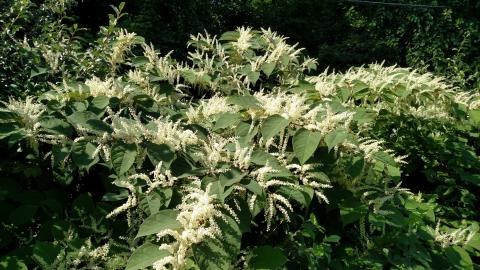 Source: extension.unh.edu
Source: extension.unh.edu
They also say that they may decline a mortgage even if the property is in Category 1 or 2. Japanese knotweed infestations are separated into 4 categories. Stand 1 covered an average of 6m² whilst stand 2 was 2m² with an approximate height between 08m to 22m. Neighbouring a property with knotweed. It is within seven metres of the living space andor causing damage to walls paths or foundations.
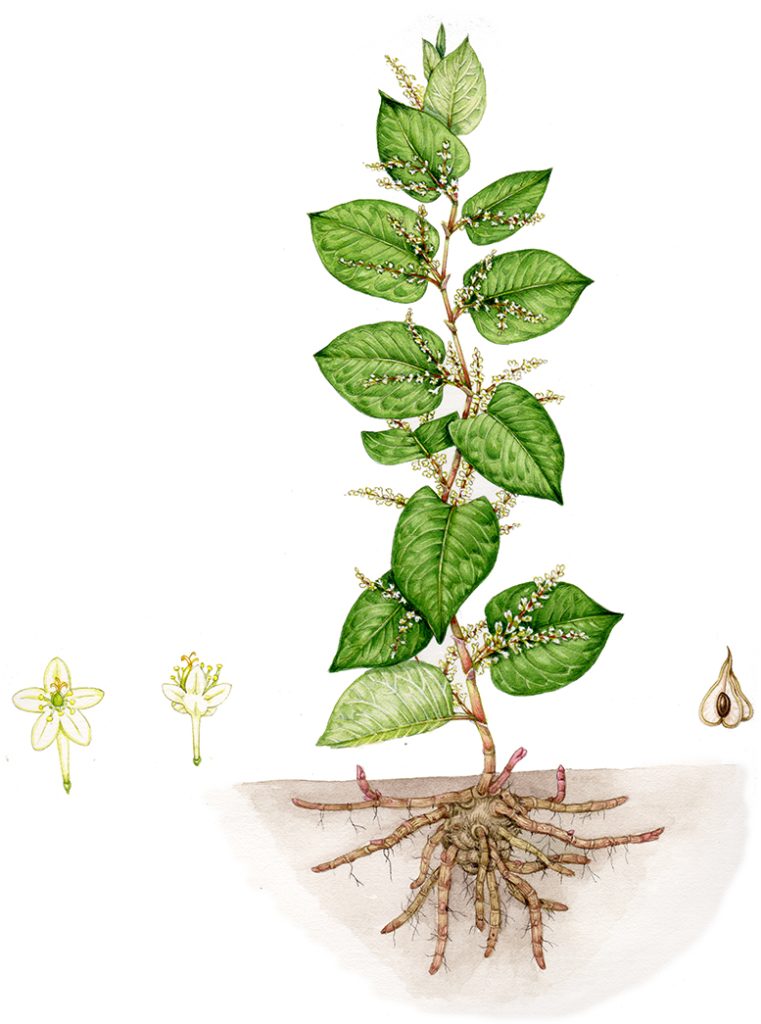 Source: lizzieharper.co.uk
Source: lizzieharper.co.uk
It is within the boundaries of the property but is within seven metres from a living space. Category 4 Japanese knotweed Evidence of Japanese knotweed on the property or plot of land in question but more than seven metres away from habitable areas. Restrictions on use of the property. Mature growth can be seen within the hedgerow. This could either be within the boundaries of a property or in a neighbouring property andor Japanese knotweed has caused serious damage to outbuildings paths and boundary walls.
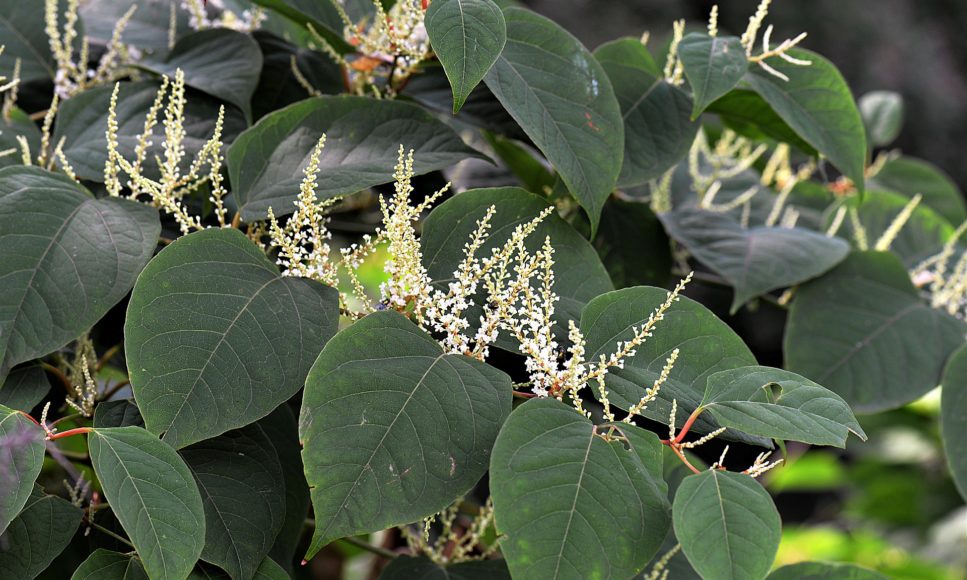 Source: pikeconservation.org
Source: pikeconservation.org
Japanese Knotweed Risk Categories from RICS GuidanceCategory Descriptors. Knotweed Category 1 if its on a neighbouring property and Category 4 if its within 7 meters andor actually causing damage to the property Your ability to secure a mortgage will likely only be affected if the Knotweed. Japanese Knotweed is within 7 metres of a habitable space conservatory andor garage either within the boundaries of this property or in a neighbouring property or space. 4 Effective treatment of Japanese Knotweed 6 41 Introduction 6 42 Excavation of the plant and its roots 6 43 On-site burial andor encapsulation with membranes 6 44 Biological control 6 45 Chemical control 6 46 The costs of effective treatment 7 47 Impact on value 8 5 An assessment framework for Japanese Knotweed 9. Have more questions about how to handle Japanese knotweed.
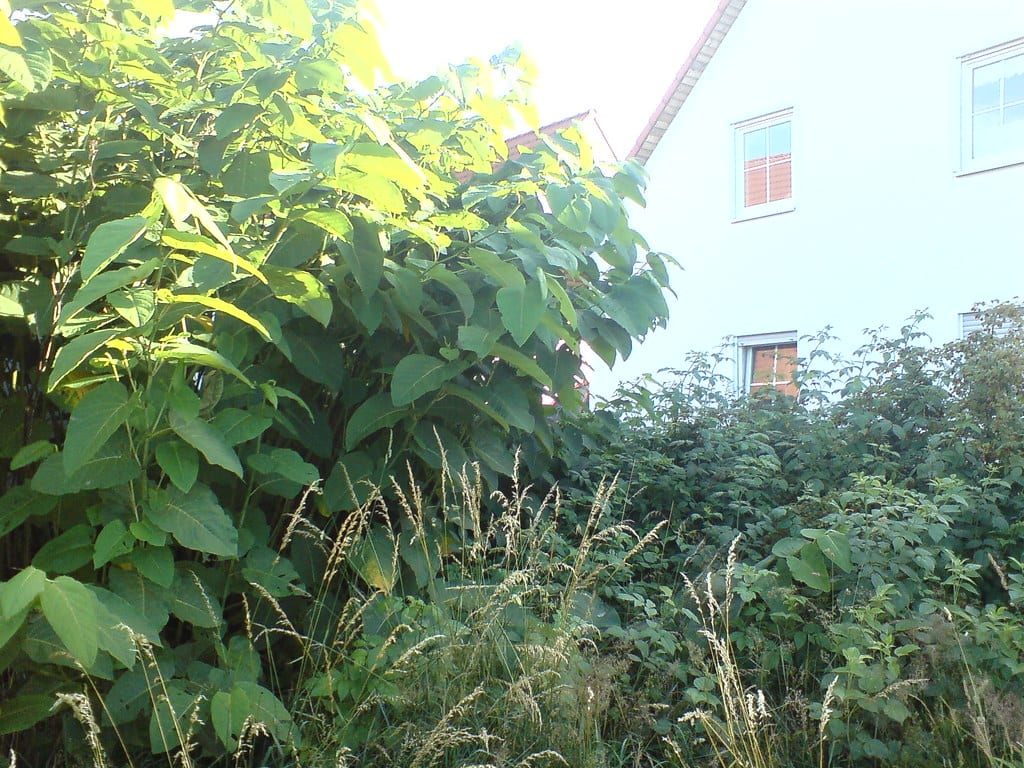 Source: knotweedhelp.com
Source: knotweedhelp.com
Impact in the market prior to remediation. Stand 1 covered an average of 6m² whilst stand 2 was 2m² with an approximate height between 08m to 22m. Mature growth can be seen within the hedgerow. Japanese Knotweed is within 7 metres of a habitable space conservatory andor garage either within the boundaries of this property or in a neighbouring property or space. PURCHASE OF PROPERTY JAPANESE KNOTWEED FOUND CATEGORY 4.
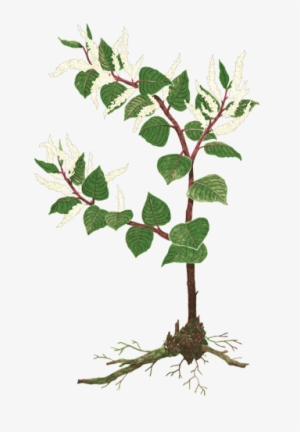 Source: nicepng.com
Source: nicepng.com
PURCHASE OF PROPERTY JAPANESE KNOTWEED FOUND CATEGORY 4. Knotweed Category 1 if its on a neighbouring property and Category 4 if its within 7 meters andor actually causing damage to the property. Andor Japanese Knotweed is causing serious damage to outbuildings associated structures drains paths boundary walls and fences and so on. It is within the boundaries of the property but is within seven metres from a living space. For anything that falls between categories 4-5 the RICS suggest that a specialist Japanese knotweed survey is required.
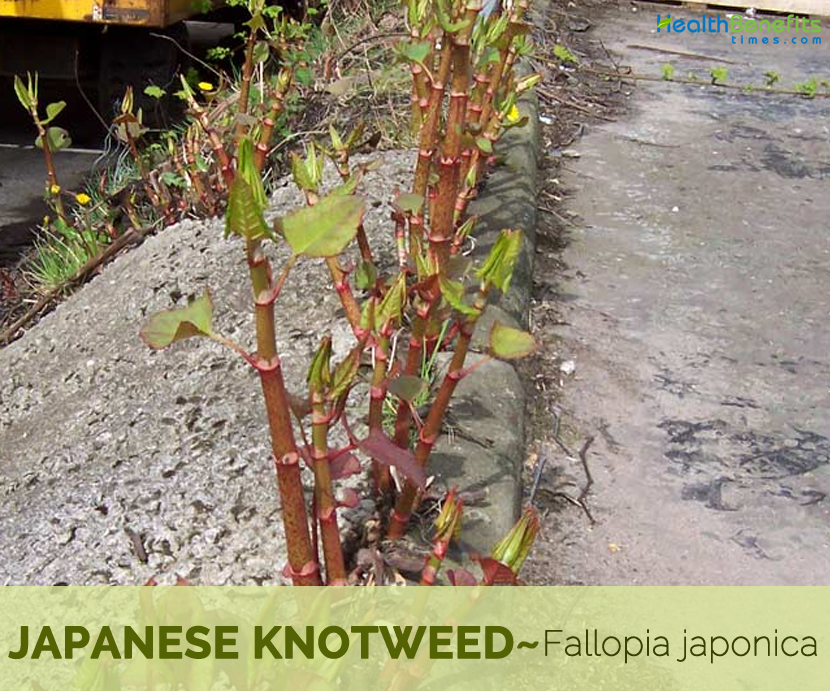 Source: healthbenefitstimes.com
Source: healthbenefitstimes.com
Neighbouring a property with knotweed. Mature growth can be seen within the hedgerow. Category 3 Japanese knotweed No presence of Japanese knotweed on the property or plot of land in question but evidence of it within seven metres of the boundary and seven metres away from habitable areas. This Japanese knotweed growth in Leeds consists of 2 developed stands. Japanese knotweed is within 7 metres of a habitable space conservatory andor garage either within the boundaries of this property or in a neighbouring property or spaceandor Japanese knotweed is causing serious damage to outbuildings associated structures drains paths boundary walls and fences and so on.
 Source: japaneseknotweedspecialists.com
Source: japaneseknotweedspecialists.com
PURCHASE OF PROPERTY JAPANESE KNOTWEED FOUND CATEGORY 4. There are four categories ranging from knotweed being more than 7 metres away from a neighbouring property category 1 to category 4 where knotweed is within 7 metres of the property or causing damage within the boundary of the building. Japanese knotweed is within 7 metres of a habitable space conservatory andor garage either within the boundaries of this property or in a neighbouring property or spaceandor Japanese knotweed is causing serious damage to outbuildings associated structures drains paths boundary walls and fences and so on. This could either be within the boundaries of a property or in a neighbouring property andor Japanese knotweed has caused serious damage to outbuildings paths and boundary walls. You will need a professional opinion.
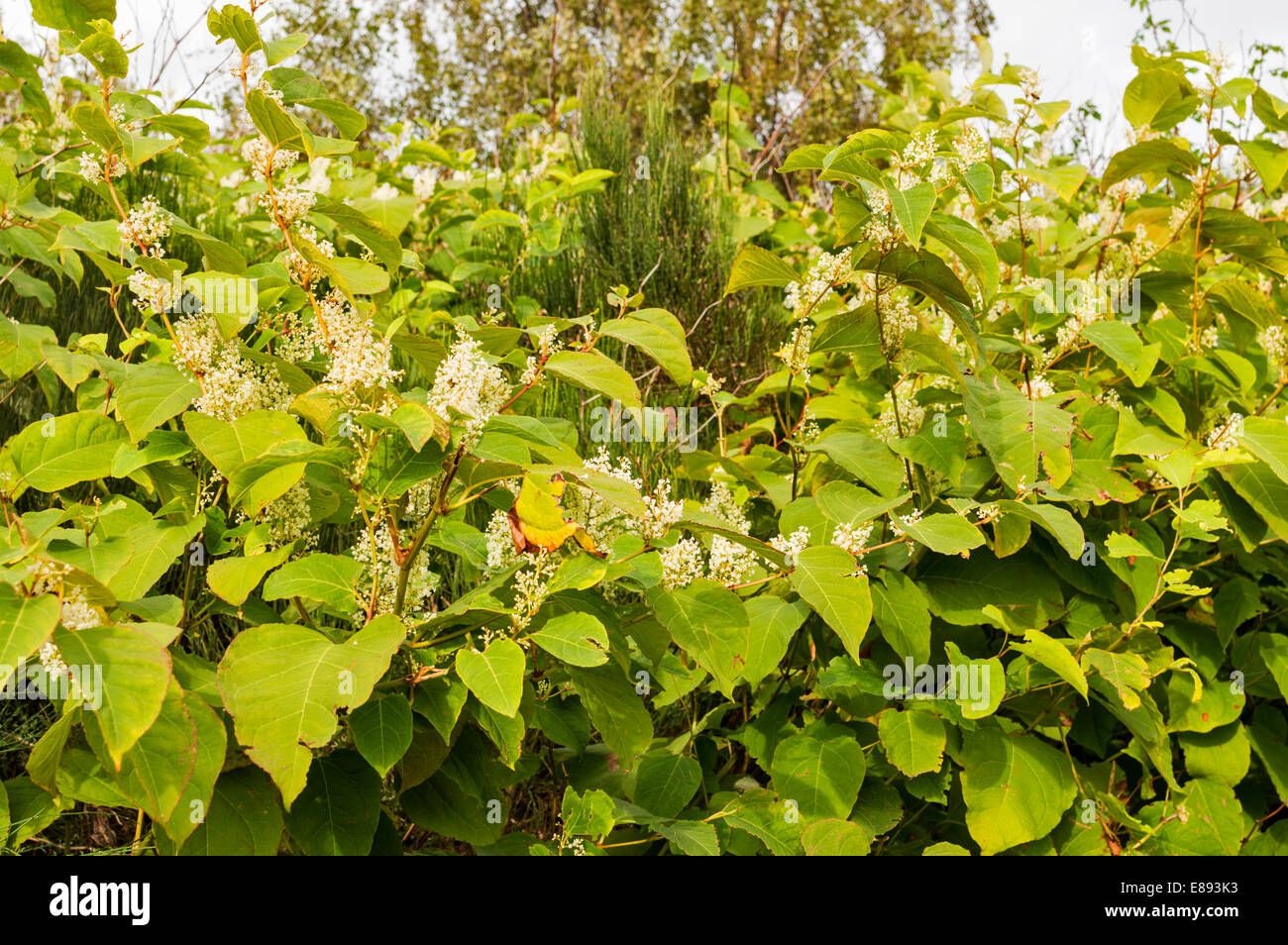 Source: alamy.com
Source: alamy.com
The main consideration for sellers and buyers is distance. Japanese Knotweed is within 7 metres of a habitable space conservatory andor garage either within the boundaries of this property or in a neighbouring property or space. Stand 1 covered an average of 6m² whilst stand 2 was 2m² with an approximate height between 08m to 22m. Knotweed is within seven metres of your property but not within it. Impact in the market prior to remediation.
This site is an open community for users to do sharing their favorite wallpapers on the internet, all images or pictures in this website are for personal wallpaper use only, it is stricly prohibited to use this wallpaper for commercial purposes, if you are the author and find this image is shared without your permission, please kindly raise a DMCA report to Us.
If you find this site adventageous, please support us by sharing this posts to your favorite social media accounts like Facebook, Instagram and so on or you can also bookmark this blog page with the title category 4 japanese knotweed by using Ctrl + D for devices a laptop with a Windows operating system or Command + D for laptops with an Apple operating system. If you use a smartphone, you can also use the drawer menu of the browser you are using. Whether it’s a Windows, Mac, iOS or Android operating system, you will still be able to bookmark this website.





